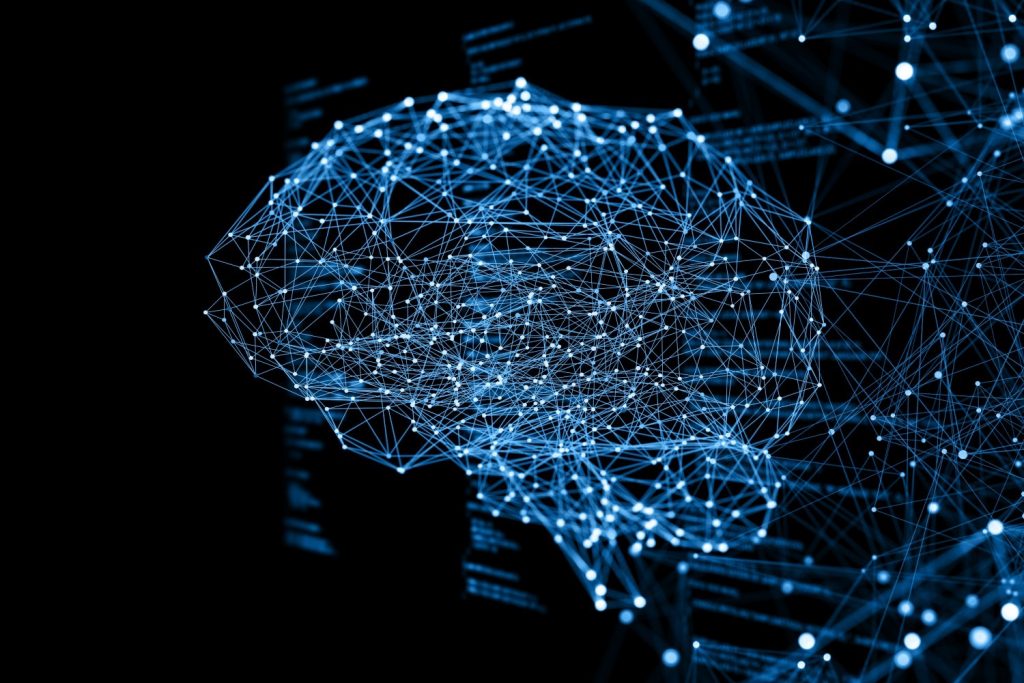Juniper Intensifies AI Networking Strategy

Juniper has bolstered its plans for AI networking by upgrading its PTX and QFX platforms to support 800G Ethernet, aiming to position Ethernet as the preferred technology for AI networking as momentum in this field continues to grow.
Juniper Networks is refining its approach to enhancing the capabilities of routers crucial to its AI networking strategy across data center, enterprise, and service provider systems. The improvements primarily target Juniper’s PTX routing and QFX switching platforms, now equipped to handle 800G Ethernet, anticipating a future where Ethernet-based AI networking environments dominate.
Julius Francis, Senior Director of Product Marketing and Strategy at Juniper, emphasized, “Our 800GE platforms are optimized for efficiently managing AI training workloads.” He added, “We’re broadening the capabilities of our 800GE platforms to address a wider range of WAN use cases while advancing network capacity and density.”
Balancing traffic demands with sustainability and automation remains a persistent challenge for service providers, cloud providers, and large enterprises, according to Francis. “These entities often struggle to meet capacity and scale requirements across various congestion points,” he explained, citing metro aggregation, peering, core networks, and data center interconnects among the challenges.
Efficient GPU utilization to reduce job completion times is critical for managing AI costs, Francis noted. While InfiniBand has traditionally dominated the AI networking ecosystem for its performance, its higher cost and limited availability compared to Ethernet have been hindrances, he added.
Juniper now presents an Ethernet-based alternative with 400GE and 800GE options in its PTX and QFX platforms, augmented by Apstra AIOps. Apstra, Juniper’s intent-based data center software, maintains real-time configuration, telemetry, security, and validation information to ensure network alignment with organizational goals.
Juniper has recently integrated Apstra more tightly with its AI-Native Networking Platform, featuring Mist AI and Marvis virtual network assistant (VNA) technology. The PTX and QFX platforms, powered by the Junos operating system, are expected to play a central role in Juniper’s AI networking initiative, offering support for high-radix routing architecture, deep buffers, and cell-based switch fabric ideal for spine or leaf roles in AI data center networking settings.
Additional capabilities tailored for AI data center networking include efficient, deep-buffered interfaces, a scalable cell-based fabric architecture, virtual output queue scheduling, RDMA over converged Ethernet (RoCEv2), adaptive load balancing, and integrated IPFIX and in-band network telemetry metadata (INT-MD), Francis highlighted.
Juniper’s Amit Bhardwaj, Vice President of Product Management, emphasized the transition from traditional, siloed IP and optical control planes to a converged mesh architecture through CORA (Converged Optical Routing Architecture), enabling significant power savings and lower carbon emissions.
Juniper faces competition in the AI networking arena from industry giants like Cisco and Arista, who are also advancing technology to handle AI workloads. Cisco’s Nexus 9000 data center switches and high-end programmable Silicon One processors, as well as Arista’s AI Spine technology based on EOS-controlled data center switches, represent significant efforts in this direction.
Juniper’s Francis underscored the importance of efficient load balancing and congestion management protocols for supporting AI training workloads. He advocated for open standard, interoperable Ethernet fabrics as the most effective strategy, providing flexibility and cost efficiency for AI data center networking and broader infrastructures.
Juniper’s prowess in AI technology played a significant role in Hewlett Packard Enterprise’s decision to acquire Juniper Networks for $14 billion. The combined entity aims to offer secure, end-to-end AI-native solutions, leveraging cloud infrastructure and advanced networking capabilities to drive innovation in hybrid cloud and AI solutions. The deal is expected to close by early 2025.
